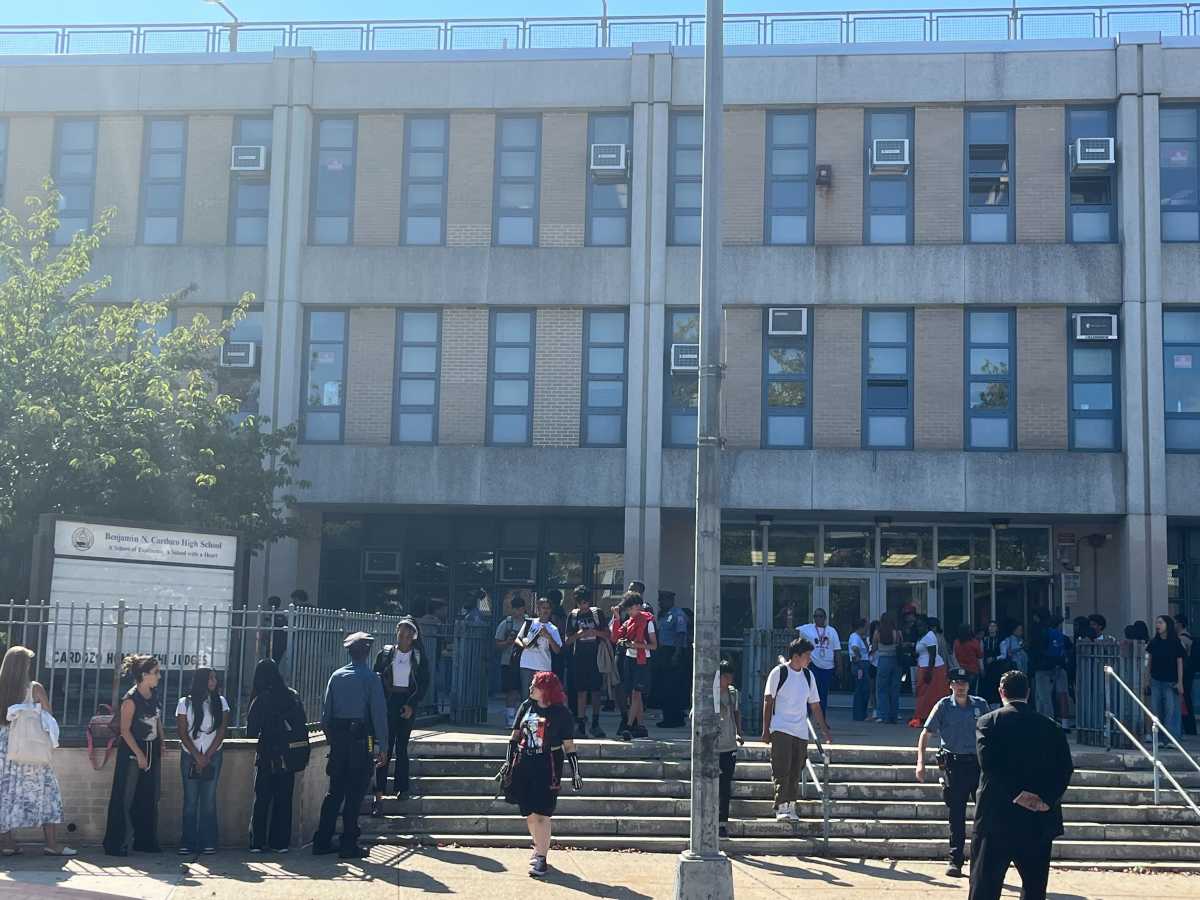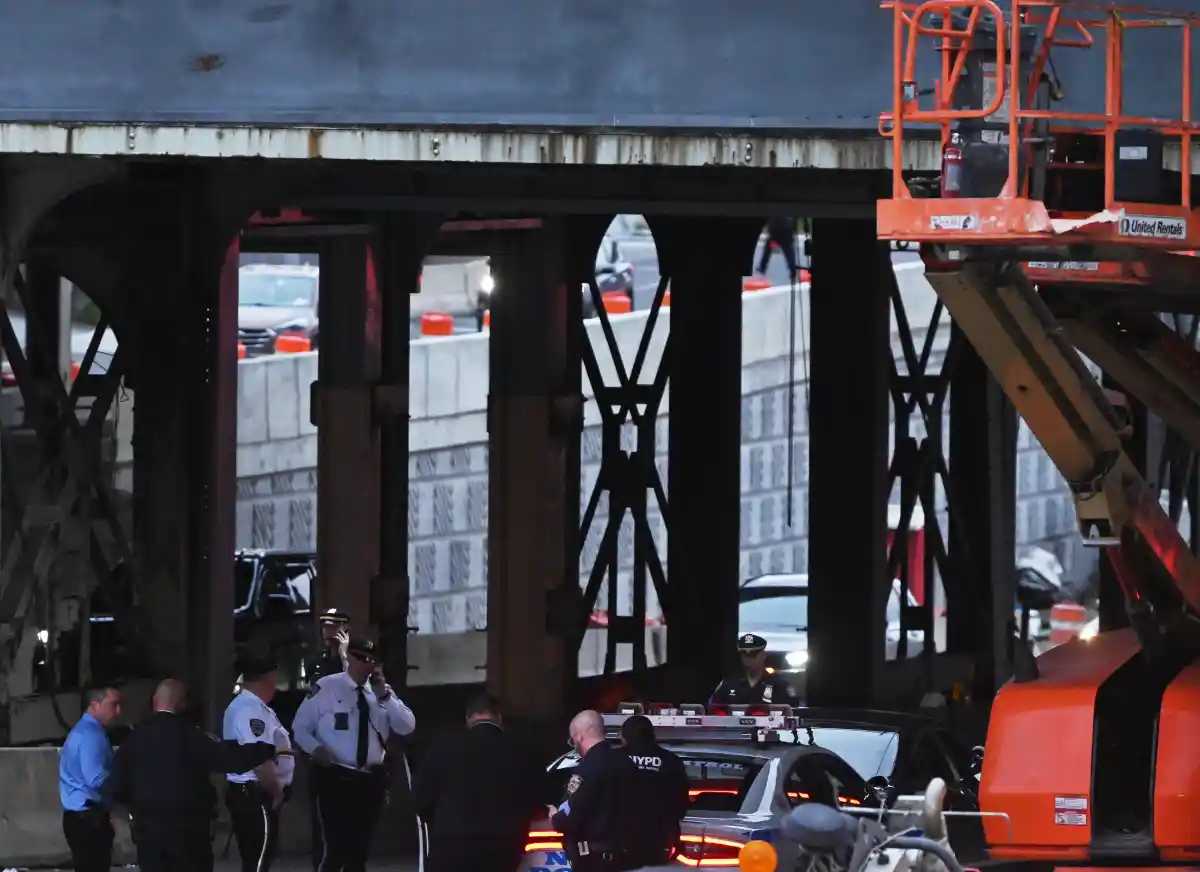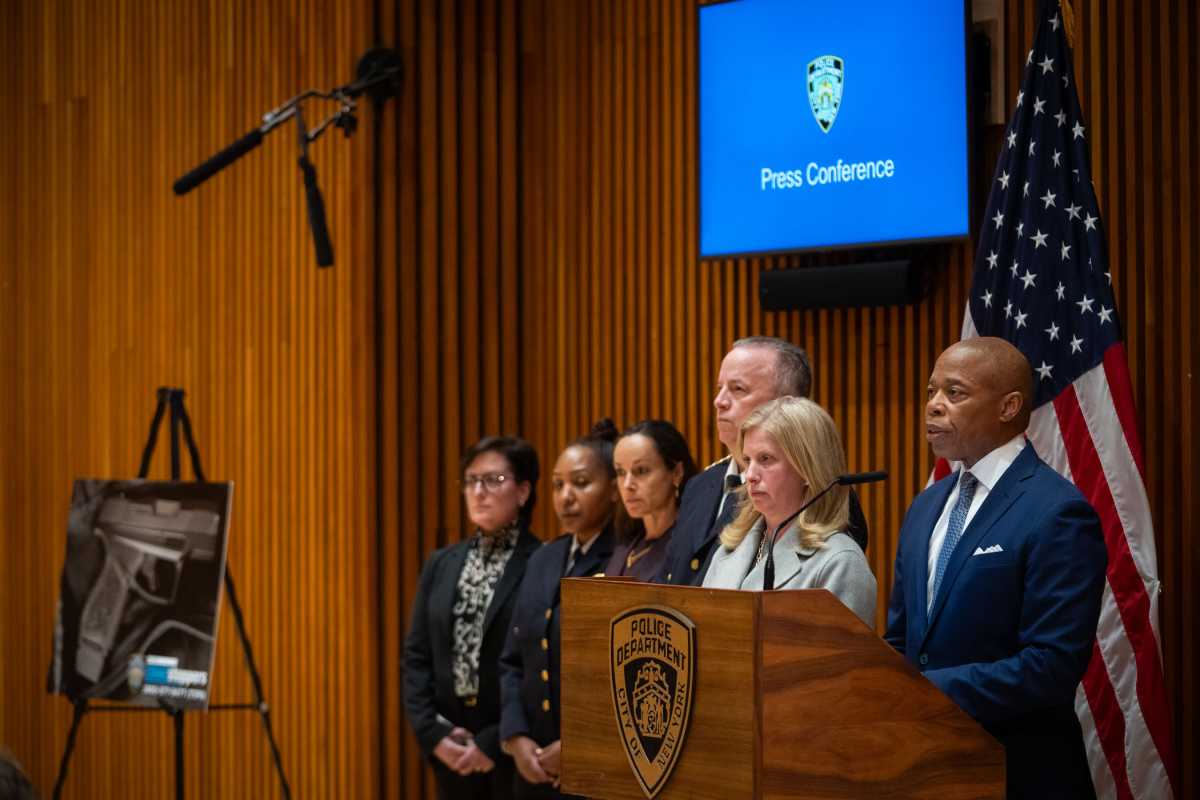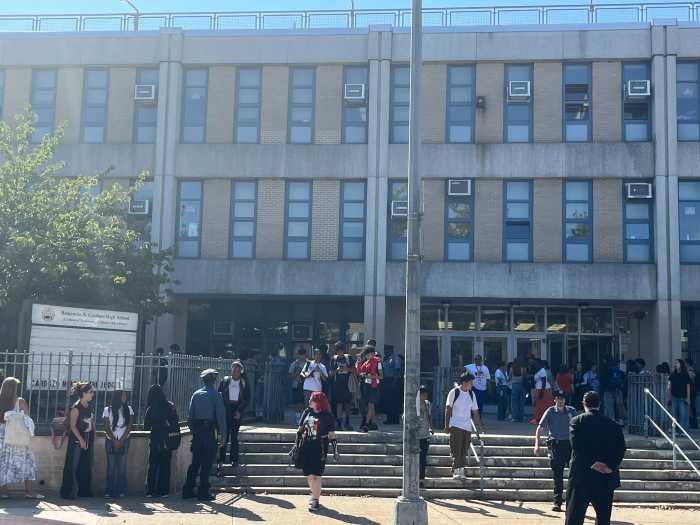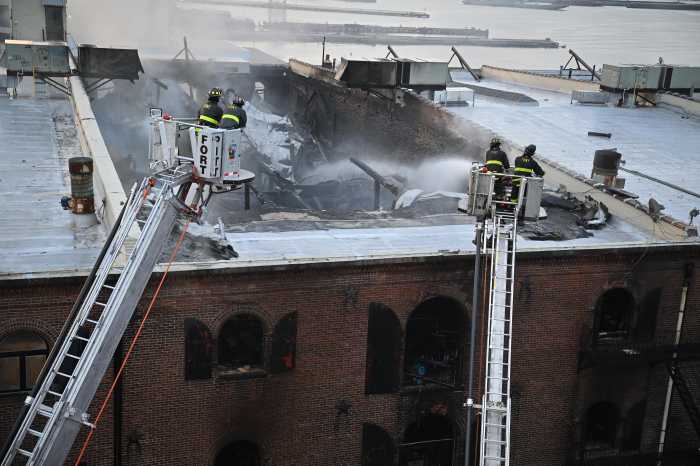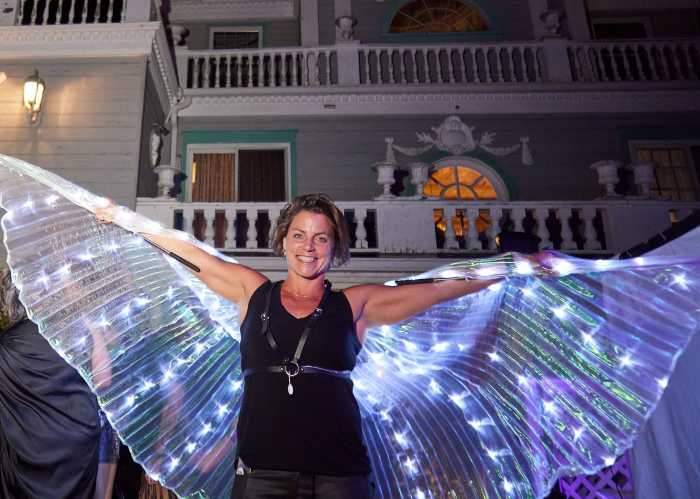On the one side there is Madelyn Wils, long-serving member of Community Board 1 and the board’s chairperson since 2000. On the other is C. Virginia Fields, Manhattan borough president who decided not to reappoint Wils to the board last week — abruptly removing one of Lower Manhattan’s highest profile leaders.
Wils — president of the Tribeca Film Institute, part of the De Niro group that puts on the Tribeca Film and Theater Festivals — also is on the boards of the Lower Manhattan Development Corp., the Hudson River Park Trust, and the Downtown Alliance, among others. Fields, in a prepared statement released last Wednesday, said one reason for her decision to remove Wils was that serving in so many positions “may adversely impact on [Wils’] ability to adequately and fully participate as a Community Board member.”
We have been troubled by the many hats that Wils wears, and the potential for conflicts. We recognize that Wils is extremely careful to recuse herself from votes where there is a conflict of interest and we are confident Wils is an ethical person. No conflict of interest board has ever ruled that she has a conflict. We are equally confident that her driving motivation is to do what she thinks is best for Downtown.
But institutional agendas intersect and collide, and produce the need for many recusals. Wils recently recused herself from a Hudson River Park Trust vote on the developer for Pier 57, although she did not discuss the specific reasons. The L.M.D.C. is considering giving the Trust $70 million to build the Tribeca section of the Hudson River Park. Wils is on both boards and presumably will have to recuse herself from that decision. She had to recuse herself on the L.M.D.C. decision to award $3 million dollars to the Tribeca Film Festival. Wils’ Tribeca film group is expected to use proposed space in the W.T.C. cultural center, and she’ll have to be careful to avoid any conflict on this front also.
If Wils has to tiptoe around potential conflicts on so many critical decisions on big Downtown issues, and to recuse herself from important votes because of her many hats, is she as effective as she can be as a leader? And do her numerous constituents always know which institutional hat Wils is wearing?
We don’t always know, but at the end of the day she seems to have been able to strike the right balance and to move critical agendas forward.
Fields says she informed Wils in a letter last May that she would only reappoint her for one year, rather than for a typical two-year term. Wils ran for reelection to a two-year term as chairperson last June and even though she and Fields both knew that her reappointment in 2005 was in doubt, neither thought it was important enough to reveal. Both should have realized that the whole board needed this information last year before the vote.
But if Fields thought that the potential for conflict is too great because of Wils’ many positions, why did she reappoint her last June to a one-year position when Wils already had all of her titles, particularly when Wils had previously said she wouldn’t run for reelection as chairperson next year?
On balance, Wils has been highly effective as a leader and Lower Manhattan has benefited because she sits on so many different boards and has the ears of the powerful. Removing her was done in a clumsy, secretive, and undignified manner.
We hope and suspect that Downtown has not yet seen the end of Madelyn Wils. She remains well placed to continue to shape the debate on Downtown’s needs and to influence the outcome in the best interests of Downtown.
WWW Downtown Express












